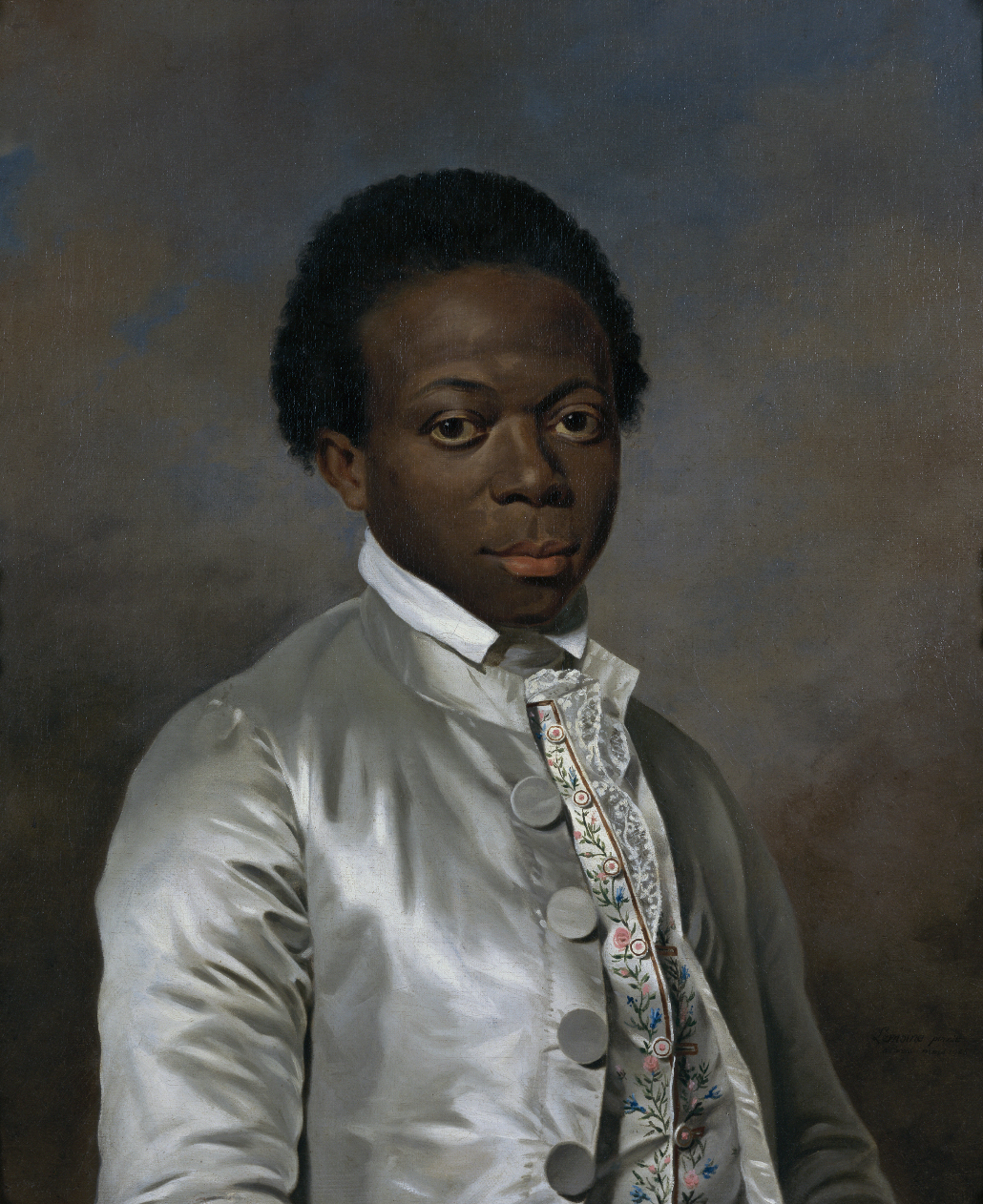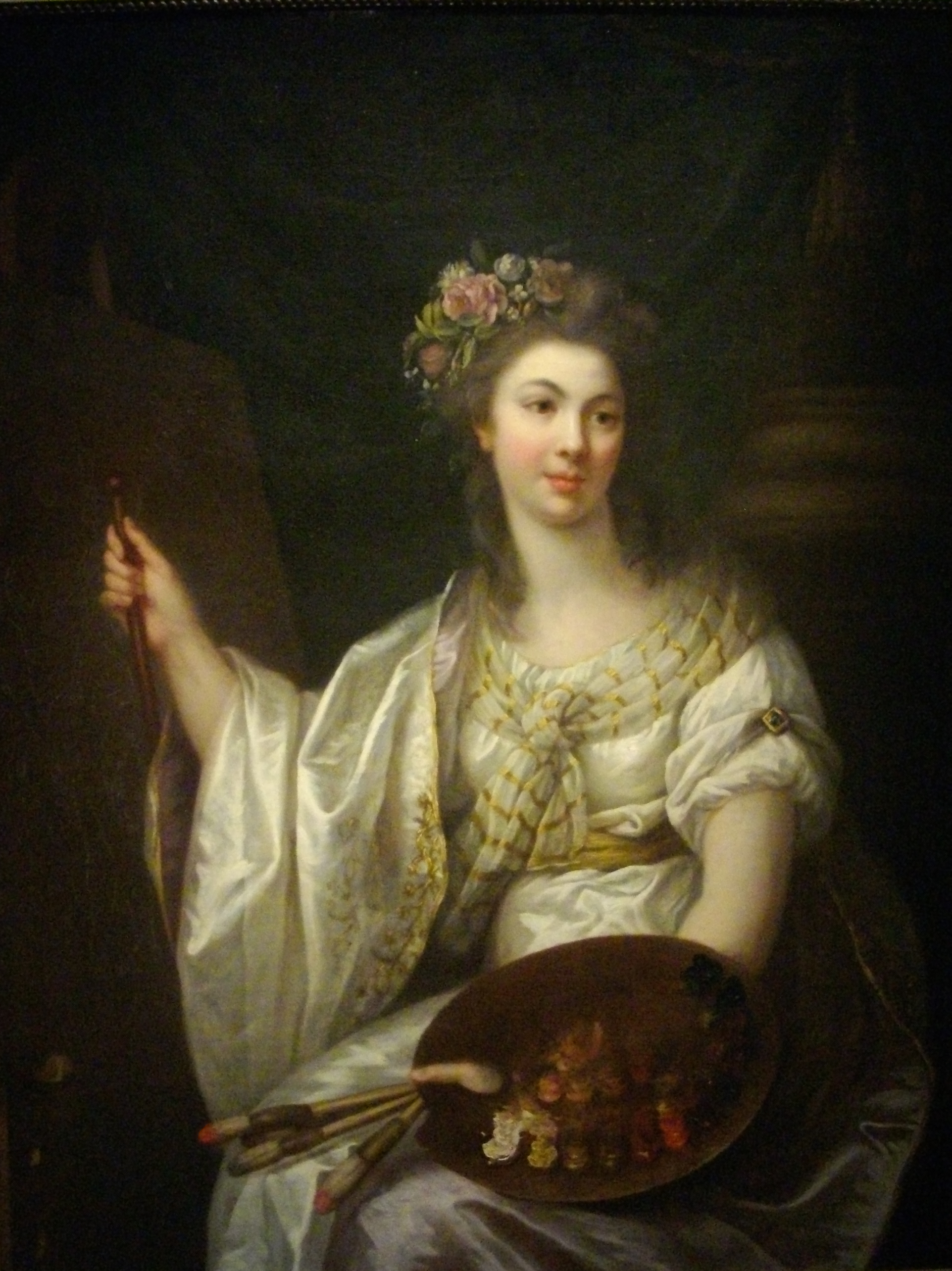Marie-Victoire Lemoine was a French classical painter. She was born to a middle-class family in Paris in the time when women were limited in their subjects; most importantly, they couldn't study nude models. She mainly painted portraits, miniatures, and genre scenes. What's interesting is that her sisters, Marie-Denise Villers and Marie-Élisabeth Gabiou, became painters also. Unlike them, she remained unmarried and became one of the few women in contemporary art that made a living through painting.
The subject of this portrait has been identified as the notorious Louis Benoît Zamor, the protégé of Louis XV’s last mistress, the famous Madame Du Barry. Zamor, as a boy of 11, was taken from Chittagong, Bengal Subah, in the Mughal Empire (now Bangladesh) by slave traders, and sold to Louis XV. The king gave the boy to his mistress, and he was christened Louis-Benoit. Later, when the French Revolution broke out, Du Barry expelled Zamor from her home after he sympathized with the Jacobins. His testimony against Madame Du Barry was a contributing factor to her execution by guillotine in 1793. Here, Lemoine created a stunning likeness of this youth. His elegant silk attire and embroidered vest indicate his connection with a family of nobility.
P.S. Louis-Benoit was not the only revolutionist of African origin. Here you can see a remarkable Neoclassicist portrait of Jean-Baptiste Belley, who was the first Black man within French history to hold a government position.
P.P.S. If you're interested to learn more about Women Artists, check out our DailyArt postcards and notebooks. You will love them, we promise!


 Marie Victoire Lemoine
Marie Victoire Lemoine